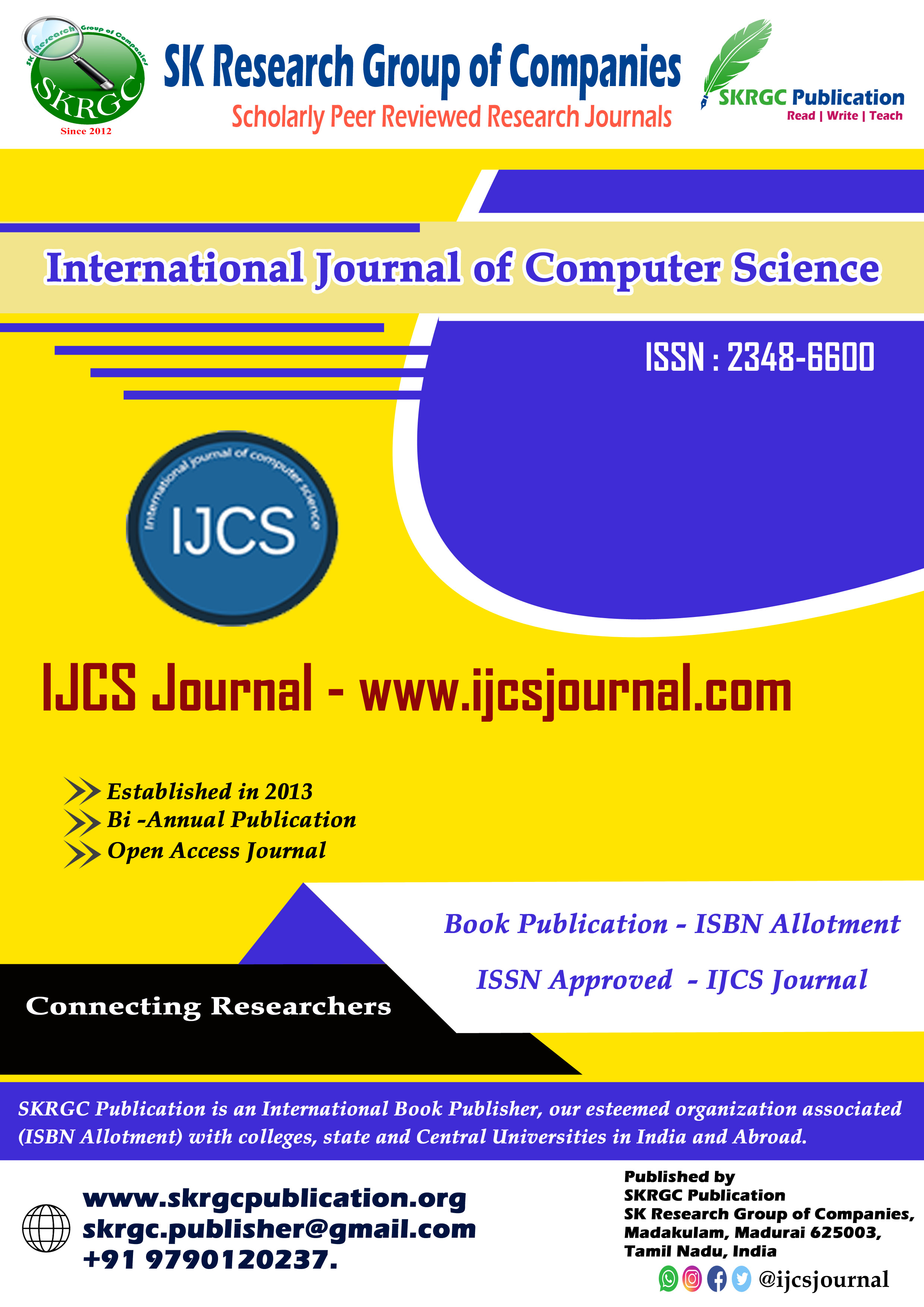Call and Messenger System without Internet using Mobile to Mobile Communication
International Journal of Computer Science (IJCS) Published by SK Research Group of Companies (SKRGC).
Download this PDF format
Abstract
GSM (Global System for Mobile communication) is a digital mobile network technology utilized globally to communicate with the mobile devices. GSM digitizes and compresses data, then sends it down a channel with two other streams of user data, each in its own time slot assigned using the Time Division Multiple Access (TDMA). Cellular communication is a form of communication technology that enables the use of mobile phones. The proposed method allows the devices to connect by applying the network reconfiguration which enabling nearby user equipment to directly communicate with each other bypassing the cellular base stations. Mobile to Mobile (M2M) communication is the key technologies that can help to solve the problems occur in cellular networks. M2M communication enables users to connect to nearest devices and interact with each other even during absence of a mobile network. The common element of all generations of cellular communication technologies is the use of defined radiofrequencies (RF), as well as frequency reuse. It enables the creation of wide communication networks by fully integrating the advanced capabilities of the mobile phone. Direct communications between devices can provide several benefits to users in various applications where the devices are in close proximity. And also enables the user to make the call and messaging system without network services and internet. This could allow large volumes of media or other data to be transferred from one device to another over short distances and using a direct connection. This form of device-to-device transfer would enable the data to be transferred without the need to run it via the cellular network itself, thereby avoiding problems with overloading the network.
References
[1] Nitti, M., Stelea, G.A., Popescu, V. and Fadda, M., 2019. When social networks meet D2D communications: A survey. Sensors, 19(2), p.396.
[2] Waqas, M., Niu, Y., Li, Y., Ahmed, M., Jin, D., Chen, S. and Han, Z., 2019. A comprehensive survey on mobility-aware D2D communications: Principles, practice and challenges. IEEE Communications Surveys & Tutorials, 22(3), pp.1863-1886.
[3] Wang, M., Yan, Z. and Niemi, V., 2017. UAKA-D2D: Universal authentication and key agreement protocol in D2D communications. Mobile networks and Applications, 22(3), pp.510-525.
[4] Ahmad, M., Azam, M., Naeem, M., Iqbal, M., Anpalagan, A. and Haneef, M., 2017. Resource management in D2D communication: An optimization perspective. Journal of Network and Computer Applications, 93, pp.51-75.
[5] Ali, K., Nguyen, H.X., Shah, P., Vien, Q.T. and Bhuvanasundaram, N., 2016, April. Architecture for public safety network using D2D communication. In 2016 IEEE wireless communications and networking conference workshops (WCNCW) (pp. 206-211). IEEE.
[6] Zhang, Z. and Wang, L., 2019. Social tie-driven content priority scheme for D2D communications. Information Sciences, 480, pp.160-173.
Keywords
Digital Mobile Network, Time Division Multiple Access, M2M Communication, Radio Frequency.

